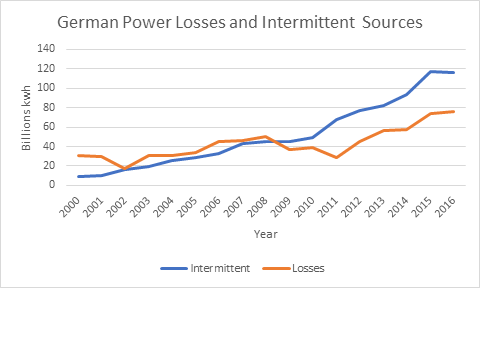The University of Wisconsin – Stevens Point is wise enough to ax most of its Liberal Arts courses. Entire departments, including History, will disappear. In tracing the cause, Victor Davis Hanson, in National Review, writes of the suicide of Liberal Arts here. Unfortunately, his essay is more misleading than helpful. Hanson is a Classical scholar and wishes his field to be revived. Here is why it should not be: it is fundamentally dishonest.
By saying this, I do not mean that Dr. Hanson is dishonest, nor do I mean to impugn the honesty of his scholarship. What I mean is that the rationale for it was always dishonest, and his rationale for reviving it is mistaken. I like everyone else my age, learned this stuff in high school. It was part of the curriculum until the 1970s.
Classical studies were always about dividing history in a fundamentally anti-Christian way. There was Classical, Greco-Roman society. We were to admire the ‘steady’ Romans with their virtues and the Greek philosophers like Plato and Aristotle. Science, art, and everything good happened with the Greeks, we were told.
Then there was the Middle Ages. Medieval was (and still is) a term of scorn, just as Classical was a term of approval. We were invited to contemplate an ‘Age of Faith’ and ‘Age of Ignorance’. The inescapable conclusion was that Christianity is bad, bad, bad.
At the end of the Middle Ages was the Renaissance, when civilization revived. After that came the ‘Age of Reason’ and the ‘Enlightenment’ and so on.
Medieval studies proved that this was so much bunk. The modern era started when Christ rose from the grave. If that had not happened, then the modern world, including freedom, democracy, and the cell phone, would never have happened. The fundamental break in History came between Christianity and Ancient World. The first industrial revolution came in Europe in the 11th and 12th centuries. Our world is a continuation of that Medieval world.
If you really want to know what the ancient world was like, it is easy enough to find out. Read accounts of the native people of the world by 16th and 17th-century explorers and colonists. The Indians, the Chinese, the Aztecs, and the Incas hadn’t changed much in 1500 years. Because Europe had advanced so much, these areas were seen as backward and primitive. The ancient world changed very little and very slowly. It persists today as the third world. Third world dirt, poverty, oppression, and smells were all part of the Classical world, too. Classical scholars, understandably, don’t dwell on them.
Classical studies were mainly promoted by atheists for their agenda. Students could not study Christianity (separation of Church and State!), but they were forced to study the religion of the Greeks and Romans. They were also expected to approve it and look down on Christians. Classical studies were little more than dressed-up atheism. I never understood what was so great about a slave society. Greco-Roman societies were all about slaves, but they didn’t count.
Dr. Hanson thinks of himself as a conservative and writes for National Review. He knows that in the Classical view of the world, some people count and some don’t. The ones who do not count became Hillary Clinton’s ‘basket of deplorables’. Clinton, and everyone else her age, were immersed in the Classical world. These studies provided no bulwark against Communism, Nazism, Fascism, genocide, eugenics and a host of other ills. At the root of all of these movements is the conviction that some people count and some people don’t. Christianity teaches that everyone counts; Classical Studies teach that only the ruling class counts.
Classical studies was really about training the future rich and powerful how to disdain the lowly and weak. This is something that (surprisingly) requires years of training. St. Augustine, in his book City of God, wrote that the Romans, before they invaded someone, had first to be convinced that what they were doing was right. They required the most elaborate proofs. This required training, and the orators were well rewarded for their eloquence.
The result of that eloquence was war, plunder and ruin for a defeated city. The unfortunate inhabitants were sold into slavery. Like a disobedient wife (or a deplorable), they deserved a beating. The orator said so.
Classical studies existed to ease the conscience of the rich and powerful. Communists and other left-wing types, bent on enslaving others, were prominent in Classical studies. That was never a bug; it was always the main feature. That is why there is no loss if Classical studies and the entire Liberal Arts dies off. They never enriched anyone’s life in the first place.




 As you can see, starting in 2011, the losses begin rising in parallel with the rise in intermittent power. In 2011, the 68 billion kWh generated by wind and solar represented 11.8% of the power generated that year. That appears to be the maximum that the grid can absorb. After that, power from the sun and wind just added to the losses in the system, and the grid tried to rid itself of them before it caused a blackout.
As you can see, starting in 2011, the losses begin rising in parallel with the rise in intermittent power. In 2011, the 68 billion kWh generated by wind and solar represented 11.8% of the power generated that year. That appears to be the maximum that the grid can absorb. After that, power from the sun and wind just added to the losses in the system, and the grid tried to rid itself of them before it caused a blackout.